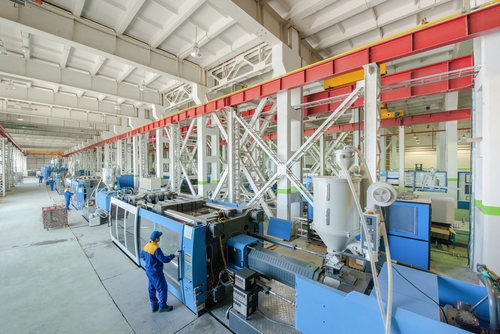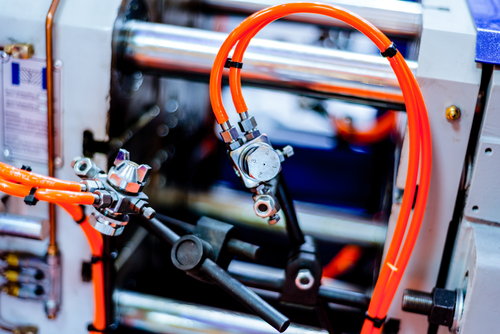The injection molding process consists of specific production cycles that make use of different injection molding components to receive adequate products. The process of injection molding capable of producing products for a variety of industries, including specialized injection-molded healthcare products and other bioceramic components for the medical industry.
But, in order for an injection molding company to be able to manufacture different parts and products per client’s exact specifications, it is necessary to know the details of the process itself, including its cycles. That is why we’re going to take a closer look at the four different production cycles of the injection molding process.
What are the cycles of the injection molding process?
 The entire process of injection molding for a single set of components can be very short and can last as little as two seconds. On the other hand, larger and more complex components can take as long as two minutes to complete.
The entire process of injection molding for a single set of components can be very short and can last as little as two seconds. On the other hand, larger and more complex components can take as long as two minutes to complete.
Regardless of the time necessary to complete an injection molding process, it is important to be familiar with the four main stages in the cycle – clamping, injection, cooling, and ejection. Let’s see what they entail.
Clamping
Before injection of the mold with adequate material, the halves of the mold have to be closed. The clamping unit closes the halves of the mold before the machine injects the compound into it.
Upon closing the two parts of the mold together, the clamping unit continues to apply the necessary amount of force in order to keep the mold closed as it is being filled with the material. The larger the injection molding machine, the longer it takes to adequately close and clamp the mold.
Injection
During the injection portion of the molding process, the hopper injects the compound into the mold. The injection time varies depending on the type and size of the mold, as well as the compound injected into it.
The pressure of injection ranges from 35 MPa to as much as 140MPa. Both the pressure and the rate of injection are controlled by the injection molding machine’s hydraulic system.
Cooling
This is an important part of injection molding, as it cools the material inside the mold, allowing it to achieve the desired shape and characteristics, bringing it closer to the finished product. The part being molded can shrink during this portion of the process. The mold can be opened only once the estimated cooling time is reached.
Ejection
This is the last stage of the injection molding process and it is performed with help from the ejection system. The mold opens and the ejection system pushes the finished product out. It is necessary to apply force to the product as it usually sticks to the mold. Upon ejection, mold can be clamped again to continue the process of injection molding.
What is the leading injection molding company that manufactures products for various industries?

Wunder Mold has more than twenty-five years of experience making different components through plastic and ceramic injection molding. Our mission is to provide our clients with a wide selection of components that fit their exact requirements. We take the time to listen to the needs of our clients, we pay attention to their input, and give them an end-product they will be able to use to their full advantage. Reach out to us by calling (707) 448-2349 or by sending an email to sales@wundermold.com.